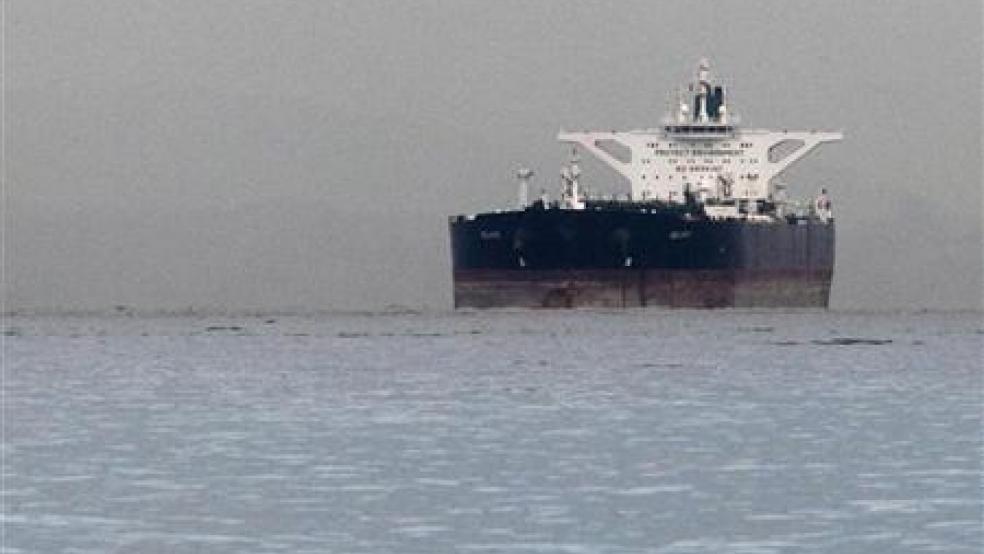Oil prices fell on Wednesday on expectations increased exports from Iran will add to a global supply glut and on rising inventories at the delivery hub at Cushing, Oklahoma.
Tuesday's agreement on Tehran's nuclear program between six world powers and Iran is expected to result in the lifting of sanctions in early 2016 which have limited sales of Iranian oil for several years.
Brent August crude was down $1.11 at $57.40 a barrel at 12:40 p.m. ET, having swung from $57.29 to $58.81. The August contract expires on Thursday.
U.S. August crude fell $1.28 to $51.76, having traded from $51.62 to $53.50.
Oil prices slumped even though U.S. crude stocks fell 4.3 million barrels last week, according to the Energy Information Administration (EIA), as refiners boosted throughput to a record level.
Related: Obama’s Iran Deal Gives a Free Pass to a Rogues Gallery
While the inventory slide was more than analysts' expectations for a decrease of 1.2 million barrels, the drop was less than the 7.3 million-barrel decline reported on Tuesday by the industry group American Petroleum Institute (API).
Crude stocks increased at the Cushing, Oklahoma, delivery hub for the U.S. crude contract.
"Cushing stocks were up and that should provide some pressure for U.S. crude," said Tariq Zahir, analyst at Tyche Capital Advisors in Laurel Hollow, New York.
Rising gasoline and distillate inventories also weighed on U.S. RBOB gasoline and ultra-low sulfur diesel (ULSD) futures.
Analysts at Goldman Sachs estimate Iran could supply an extra 200,000-400,000 barrels per day (bpd) in 2016 on top of a release of 20-40 million barrels from floating storage.
Iran's oil production could increase by 500,000-600,000 barrels per day (bpd) and could reach its pre-sanctions level of 4 million bpd within six to 12 months if there is enough demand, Roknoldin Javadi, National Iranian Oil Company (NIOC) managing director told Iran's Shargh newspaper.
Related: The 8 Most Important Things to Know About the Iran Nuclear Deal
Most analysts agree that first Iranian oil exports could enter the global market in early 2016, but estimated additional volumes vary between 300,000 and 700,000 bpd.
Traders are also watching China, which has seen slowing growth. China on Wednesday reported second-quarter growth at an annual rate of 7 percent, steady to the previous quarter.
French bank Natixis said there was a risk of oil prices falling further if China's economy slows while global oil production stays close to record highs.
(Additional reporting by Karolin Schaps in London and Henning Gloystein in Singapore; Editing by Christopher Johnson, Susan Fenton and Alan Crosby.)




